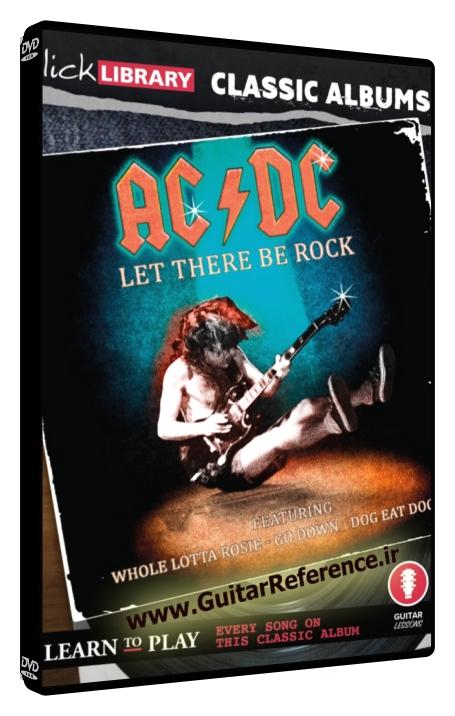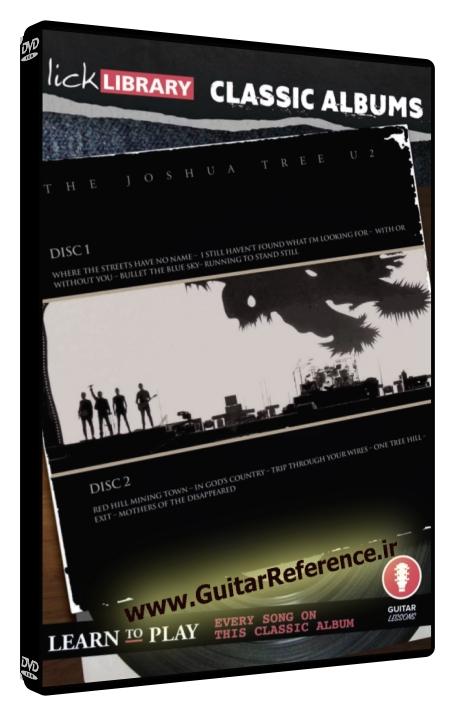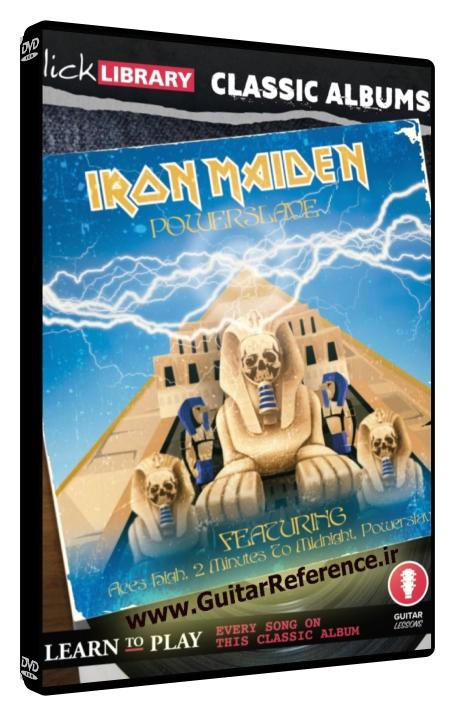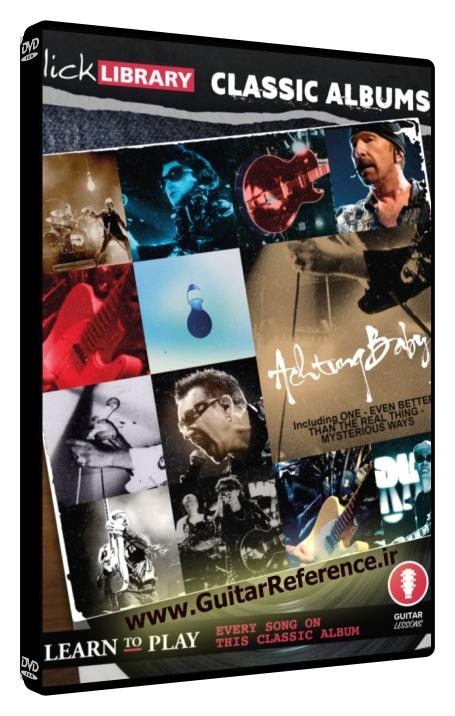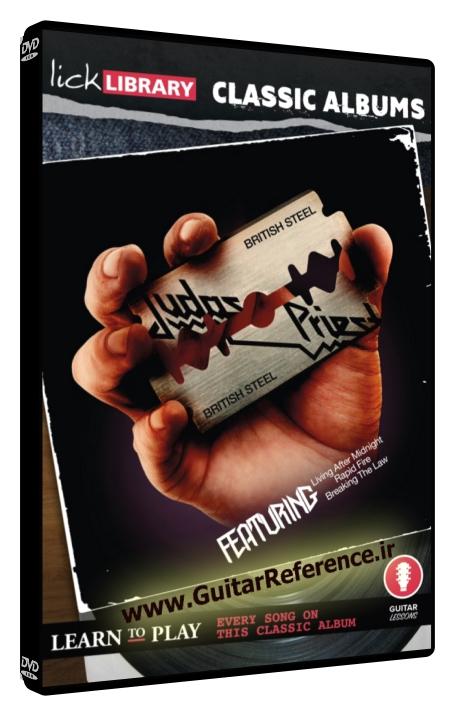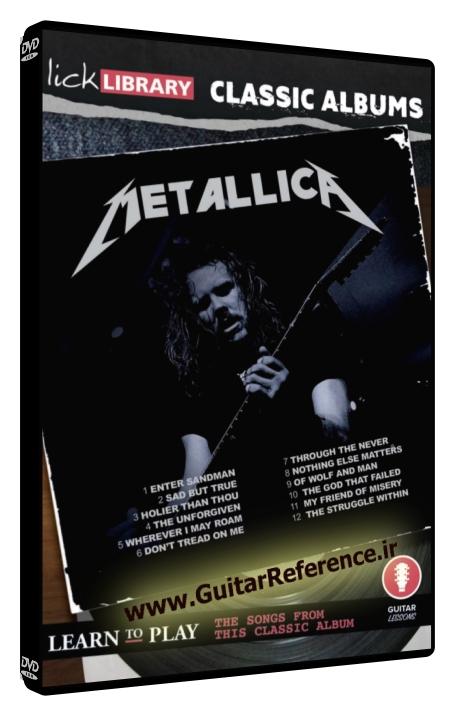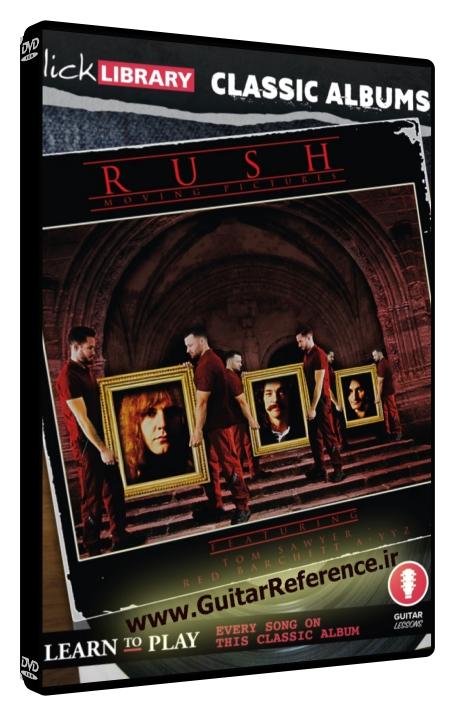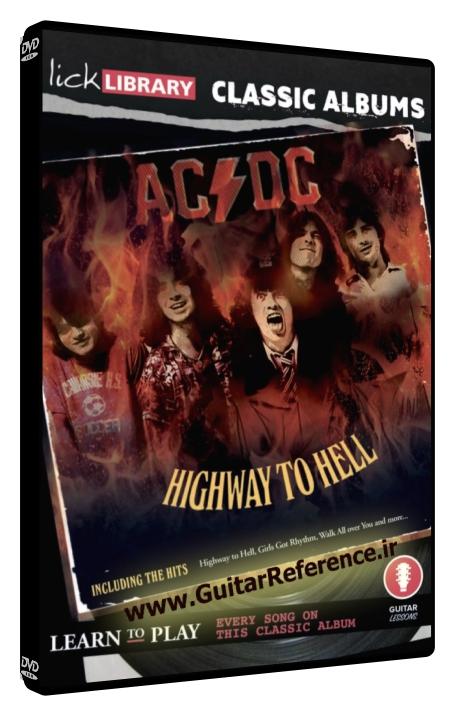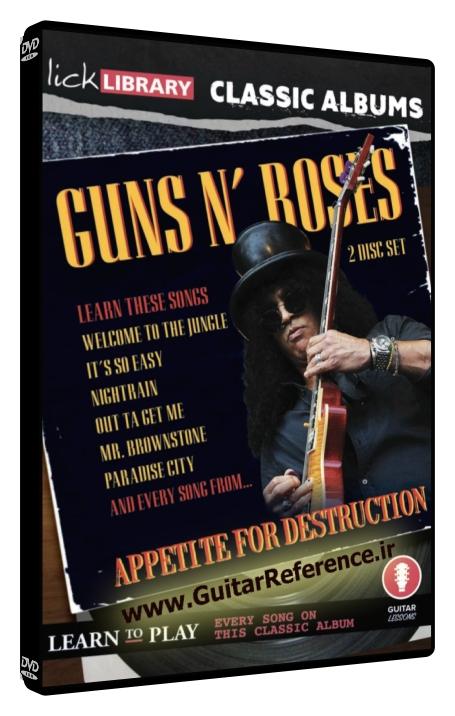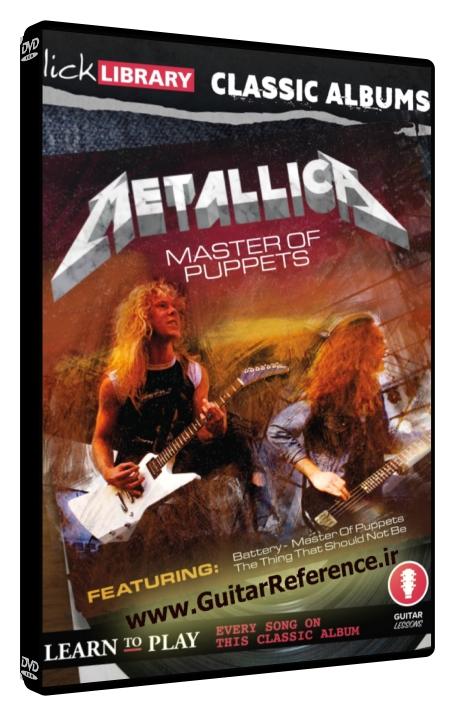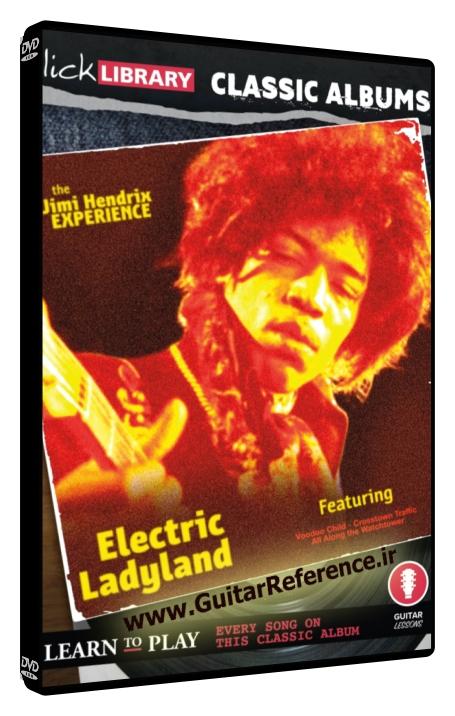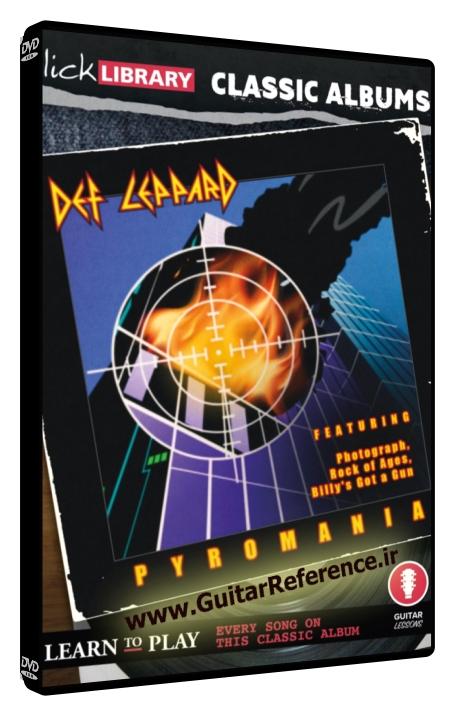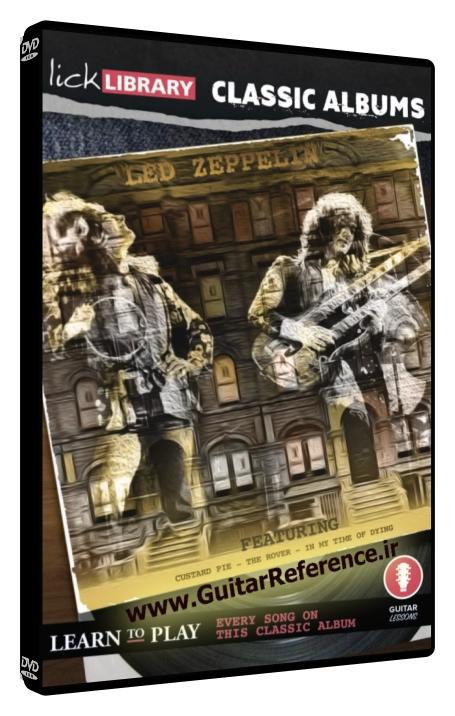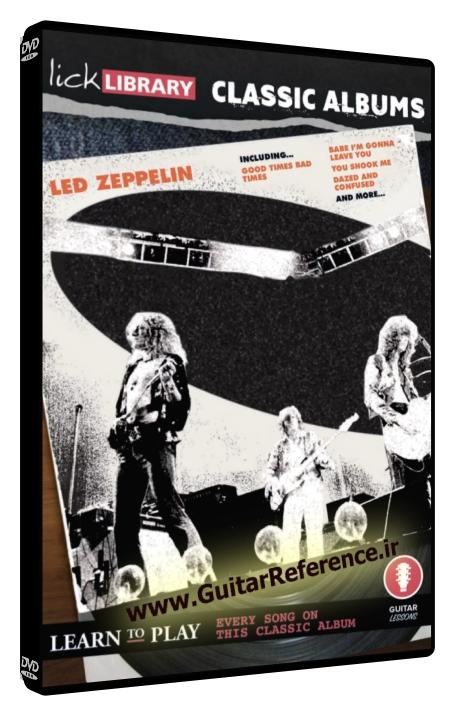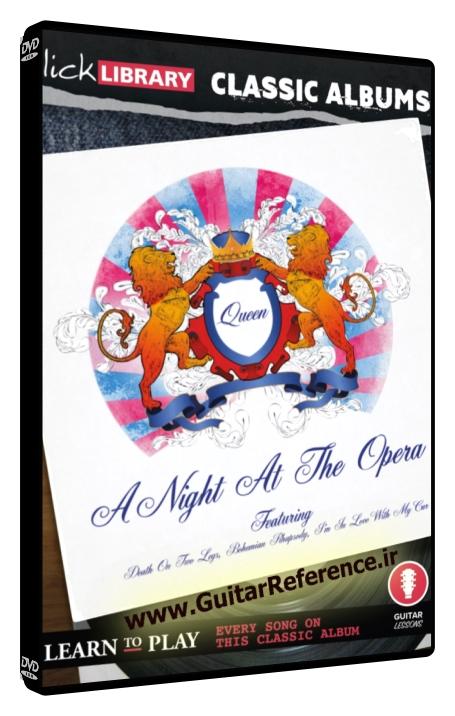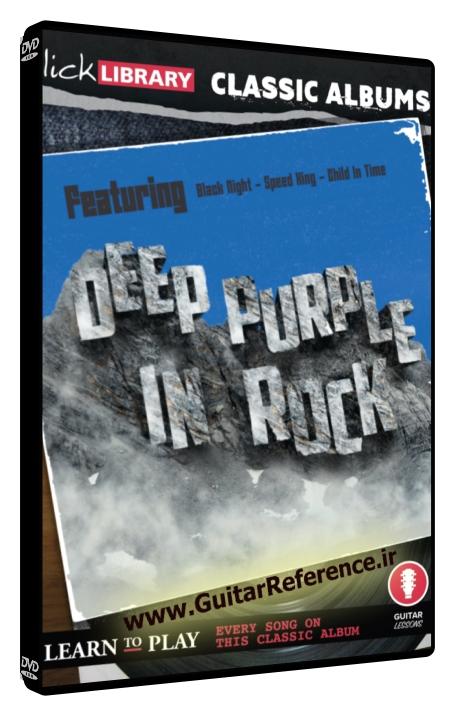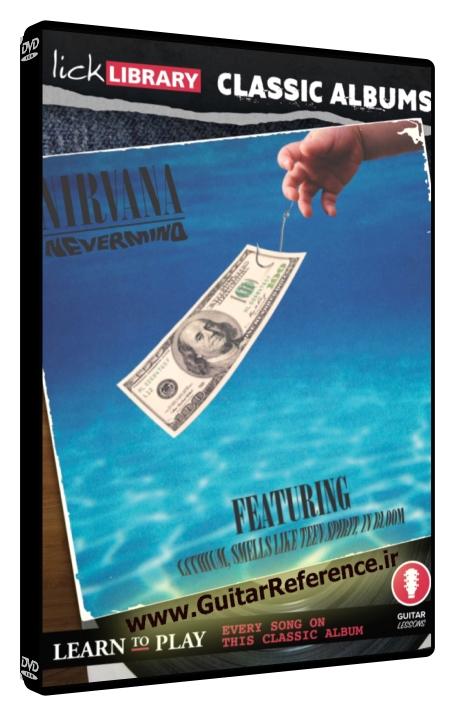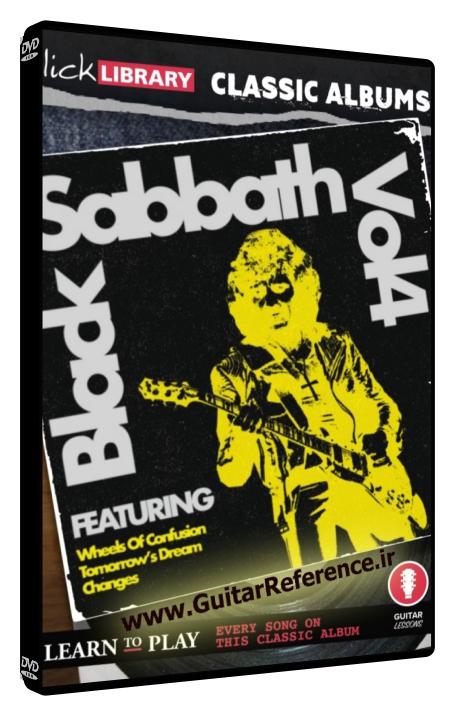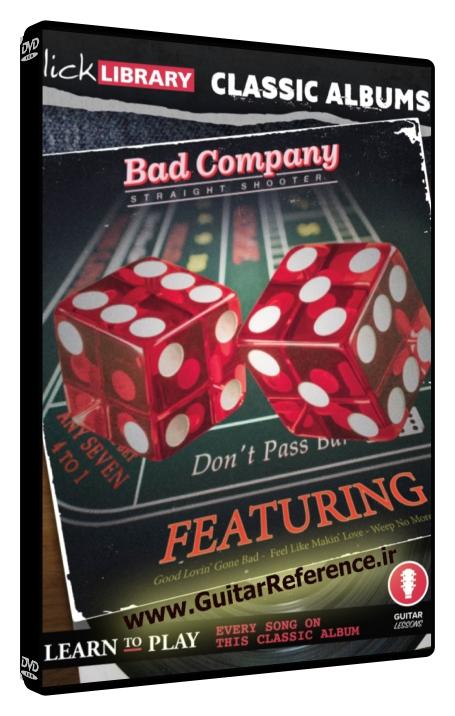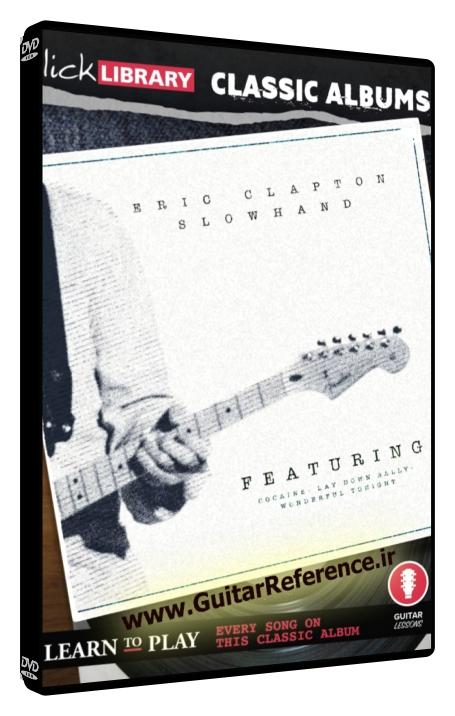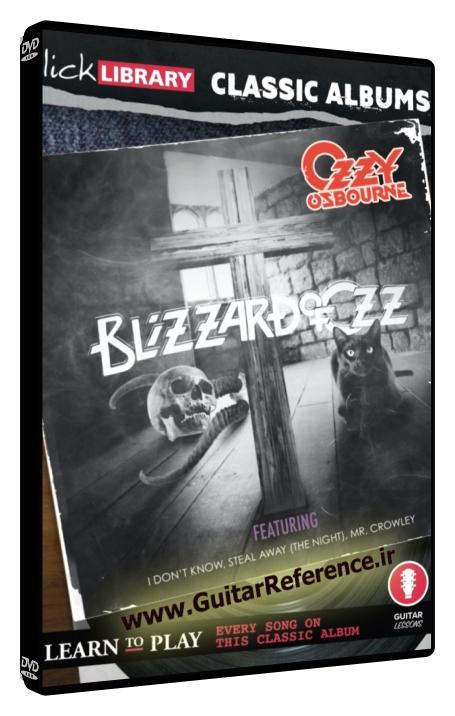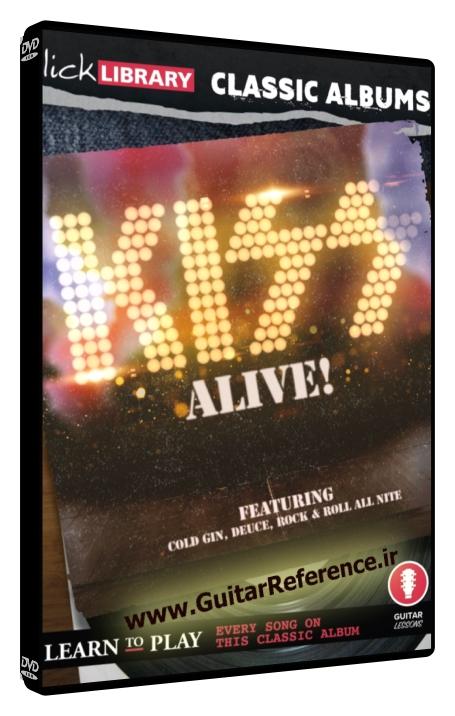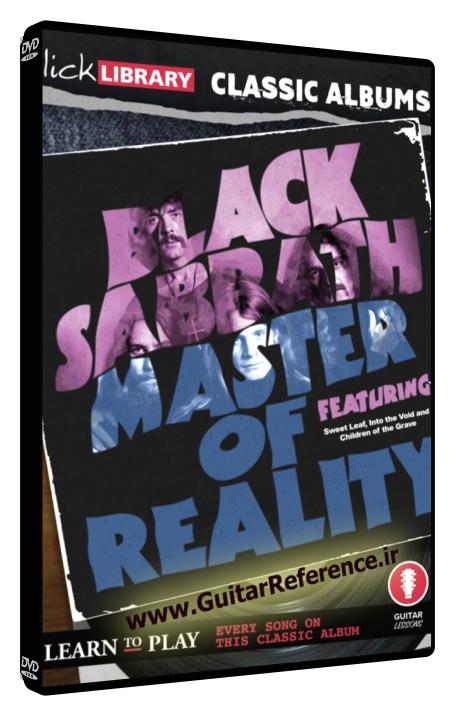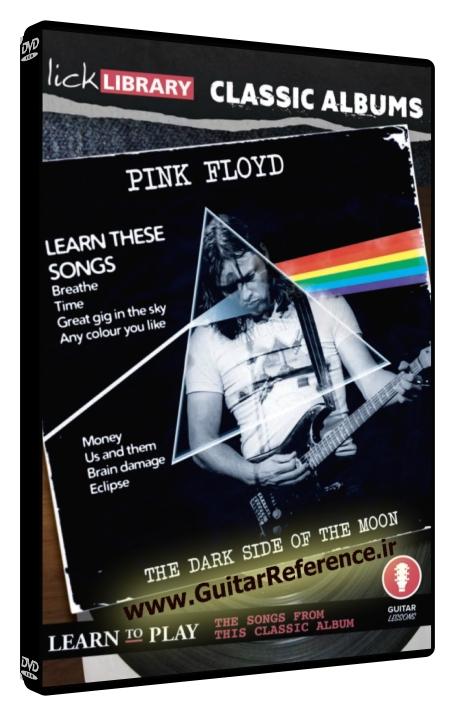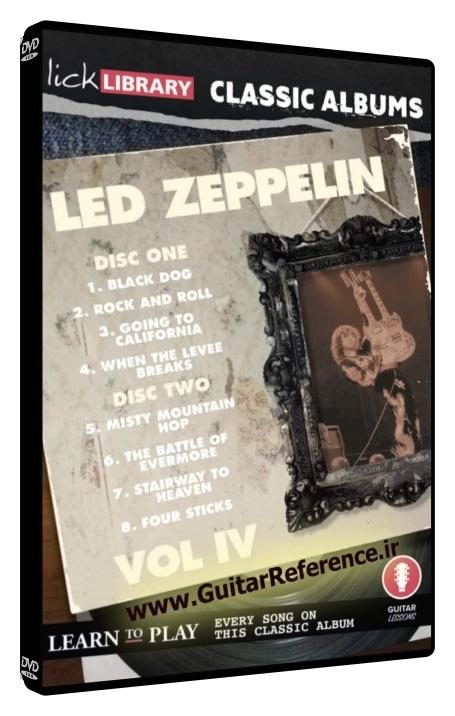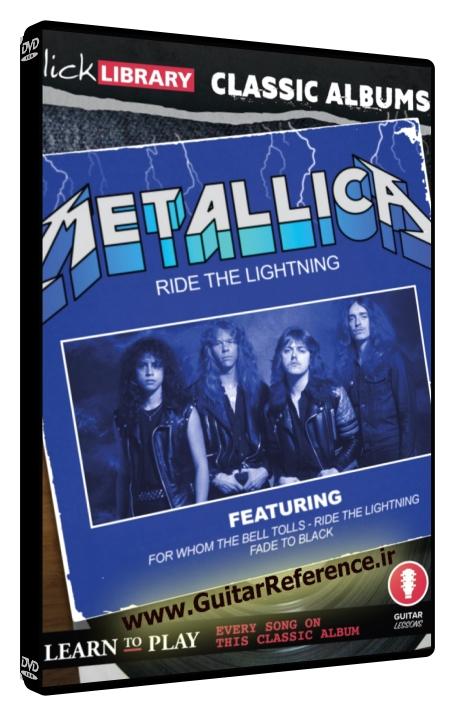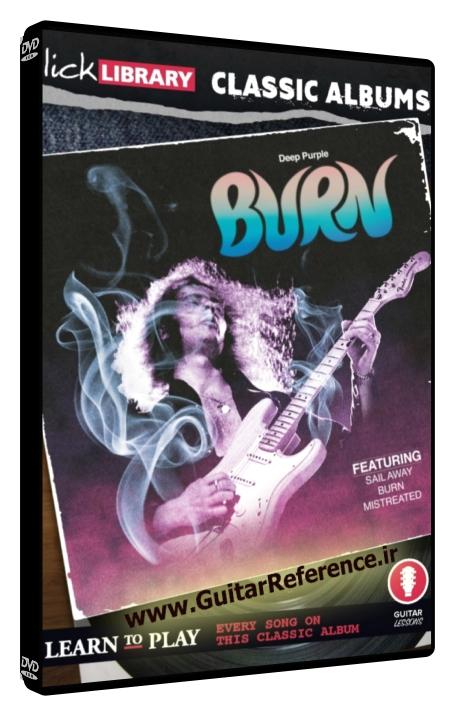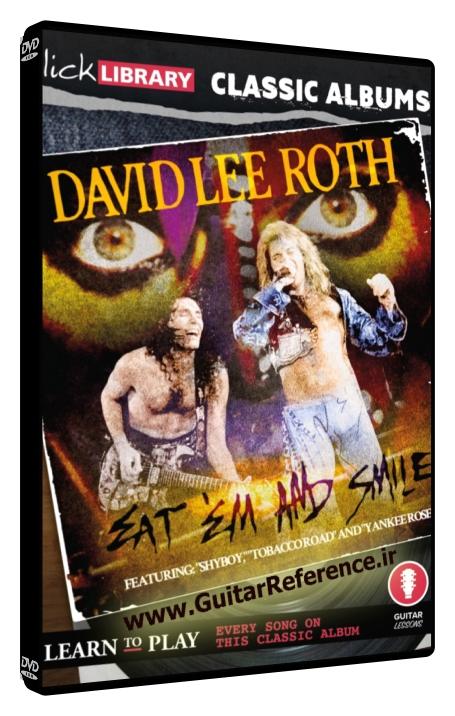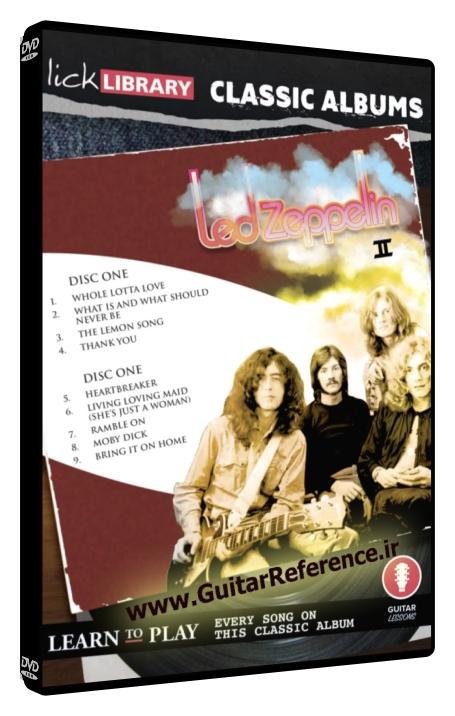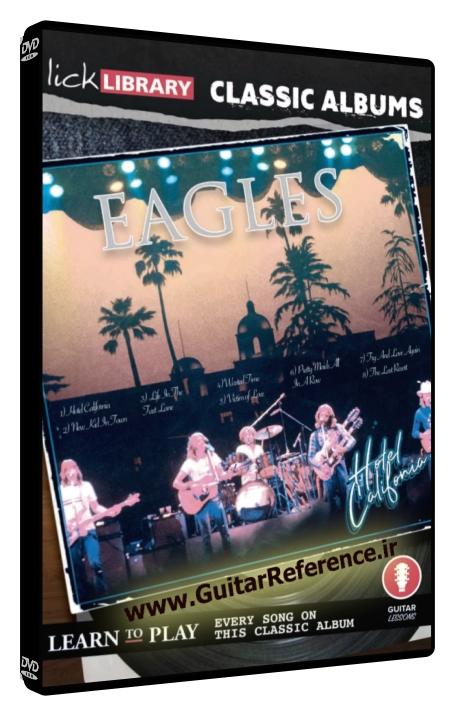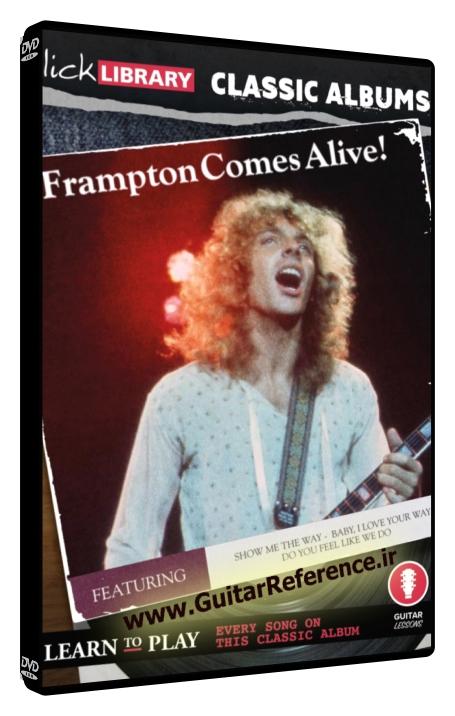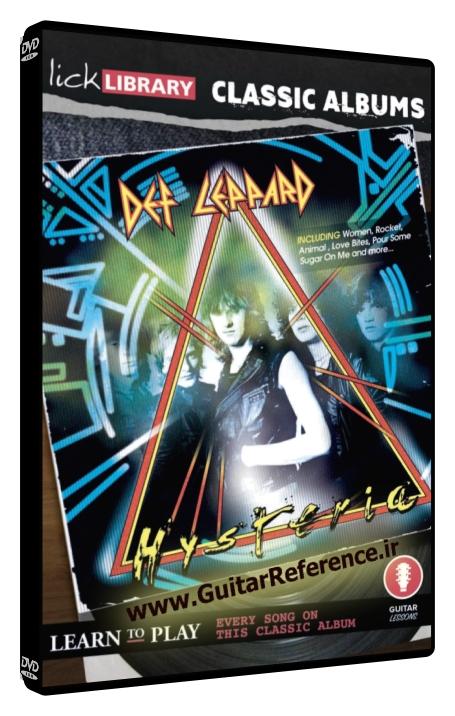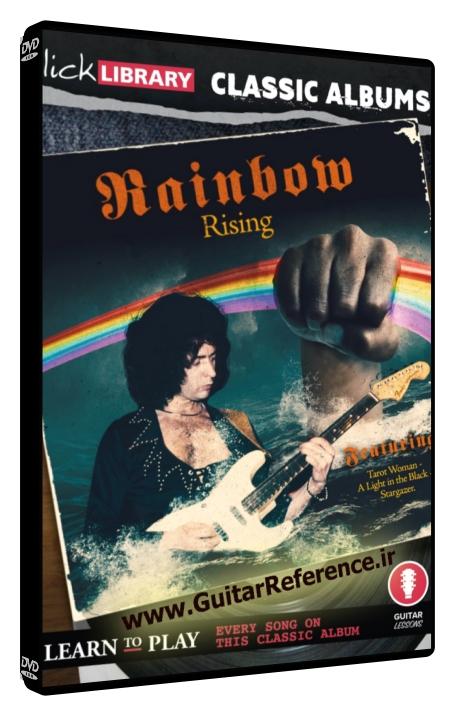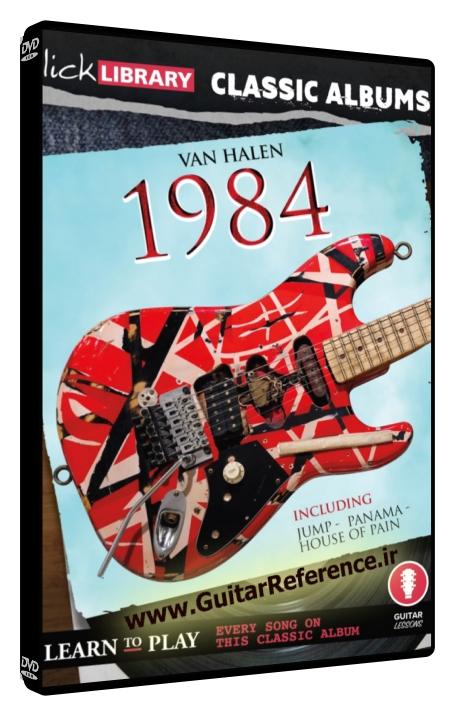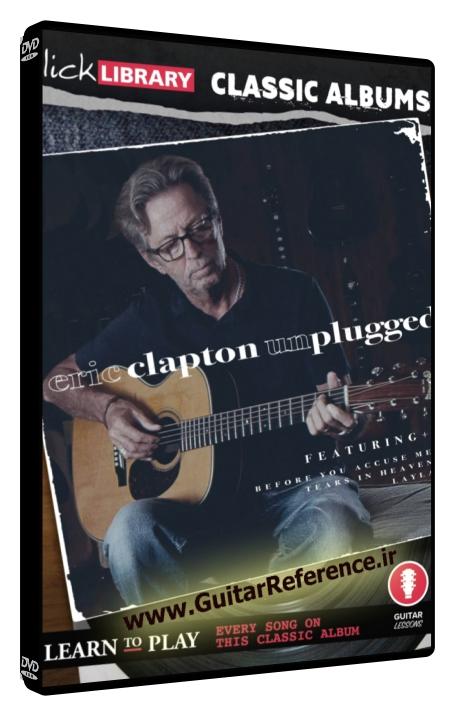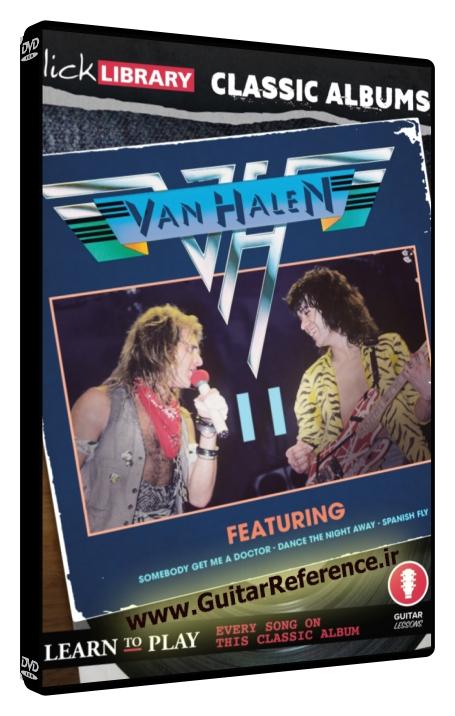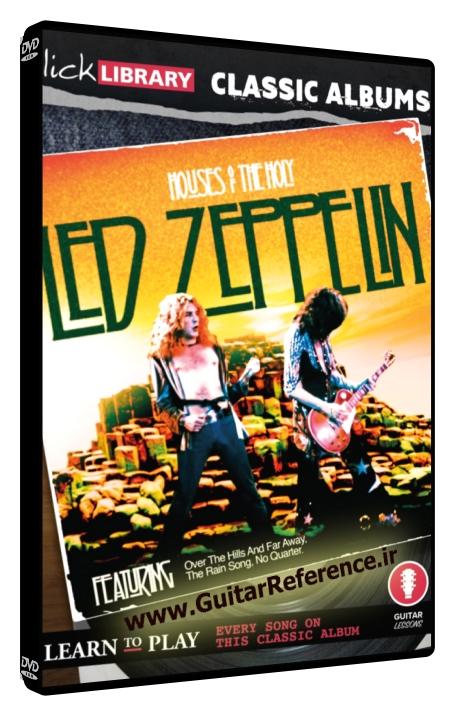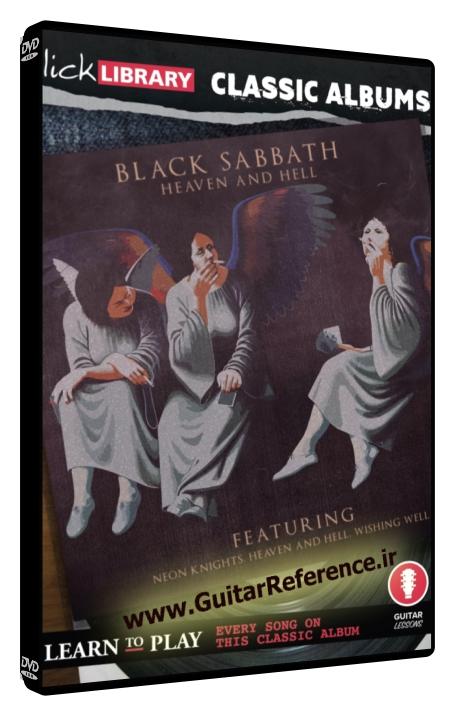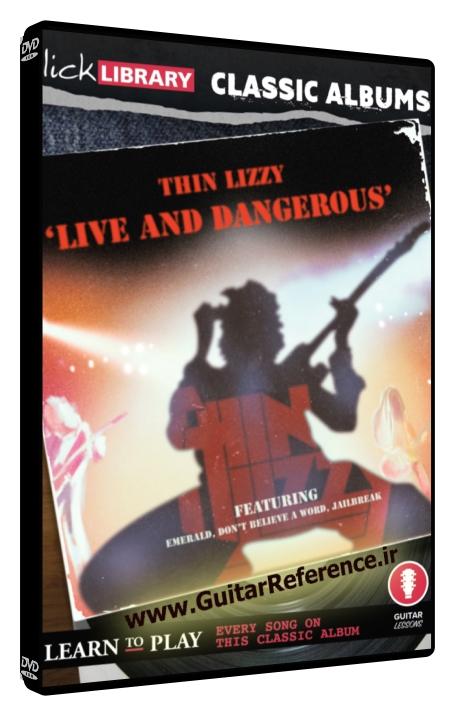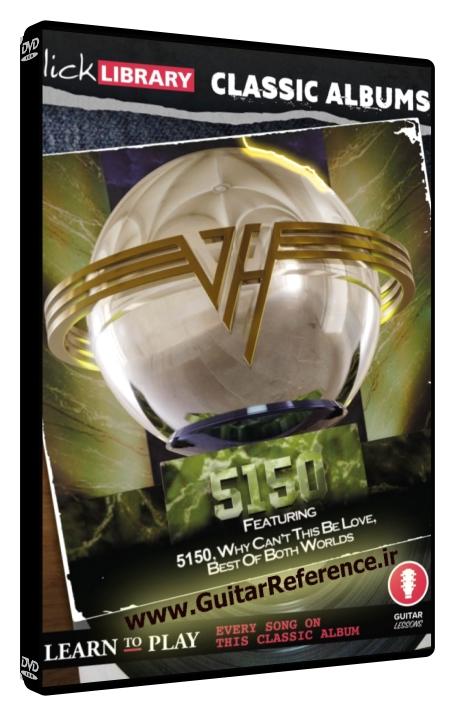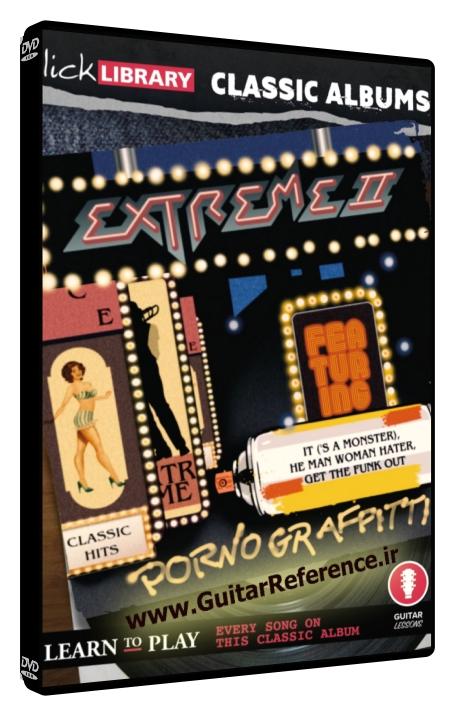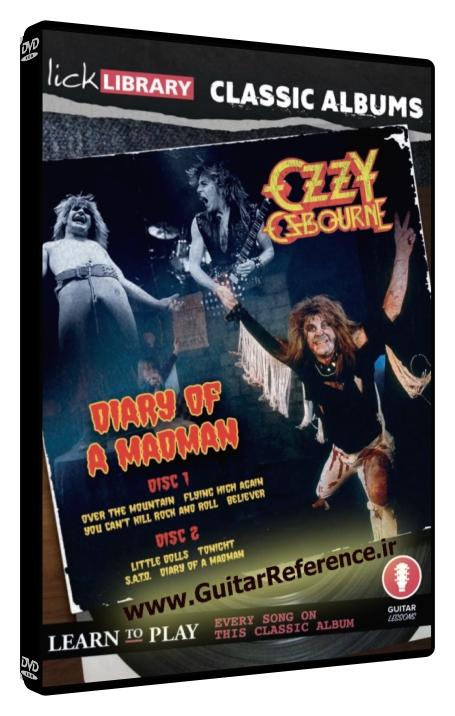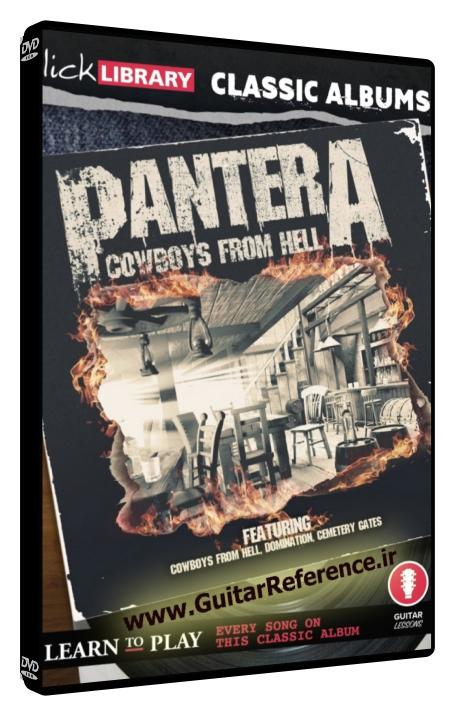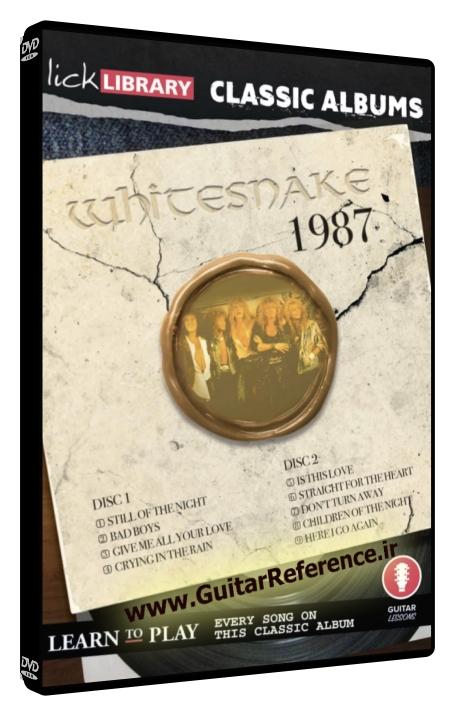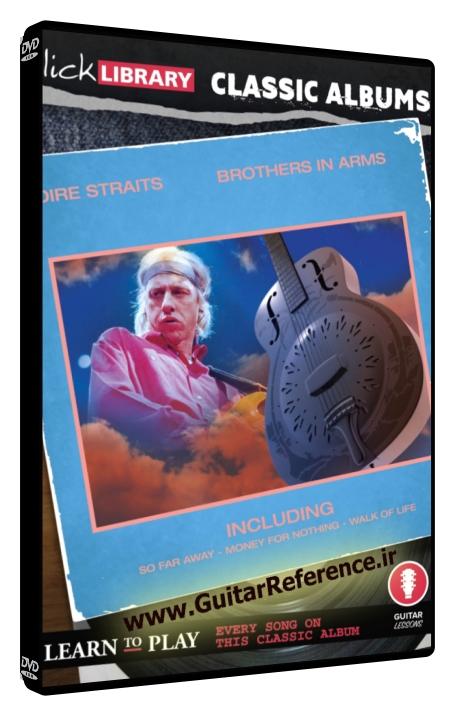Classic Albums – Let There Be Rock (AC/DC)
by Danny Gill
Product Size: 1.53 GB (WEBRIP)
37.99 $ 3.99 $
Description
AC/DC’s “Let There Be Rock”
“Let There Be Rock,” is a landmark in the history of hard rock music. It’s a showcase of the band’s raw energy, led by the compelling guitar work of Angus Young. The album consists of eight tracks, each brimming with guitar mastery. In this analysis, we’ll look at each song from a guitarist’s perspective, noting the scales, techniques, and solos that make them stand out.
Released in 1977, Let There Be Rock is the fourth studio album by Australian hard rock icons, AC/DC. Selling millions of copies worldwide, this classic album ushered in a new sound for the band that would win them over many new fans in the United States and throughout the world, cementing their place as rock and roll heavyweights.
In this course, LickLibrary veteran, Danny Gill walks you through the many highlights of each song from the rock giants one phrase at a time, including Angus Young’s legendary guitar riffs and lead lines from the tracks; “Dog Eat Dog” and “Whole Lotta Rosie”, to the rowdy title track “Let There Be Rock.”
Guitar Lessons in This Course
• Go Down
• Dog Eat Dog
• Let There Be Rock
• Bad Boy Boogie
• Problem Child
• Overdose
• Hell Ain’t A Bad Place To Be
• Whole Lotta Rosie
Guitar Lesson 1: “Go Down”
Built around an A Pentatonic scale, “Go Down” offers a gritty blues-based riff. Angus Young’s lead guitar drives the song with extensive use of vibrato and slides. The solo section displays tasteful use of double-stops, adding a rich texture to the melody.
Guitar Lesson 2: “Dog Eat Dog”
This track employs E Minor Pentatonic scale and showcases a more aggressive side of AC/DC’s sound. The guitar solo features rapid alternate picking and a heavy dose of palm-muting, adding a percussive feel to the song.
Guitar Lesson 3: “Let There Be Rock”
The title track is a classic, employing the A Major scale. The riff showcases unison bends and trills. The solos are blistering, with plenty of string-bending and vibrato, creating an anthem-like feel.
Guitar Lesson 4: “Bad Boy Boogie”
A groovy tune in E Major scale, “Bad Boy Boogie” emphasizes rhythm, with syncopated rhythms and galloping rhythms in the riff. The solos make use of hammer-ons and pull-offs, adding a legato feel.
Guitar Lesson 5: “Problem Child”
“Problem Child” employs the E Minor scale, displaying a darker tone. The riff showcases palm-muting and power chords, and the solo offers a mix of string-bending and vibrato.
Guitar Lesson 6: “Overdose”
In the key of A Minor, “Overdose” showcases a blend of chord progressions and octave melodies. The solo section utilizes slides and double-stop bends, creating a bluesy flavor.
Guitar Lesson 7: “Hell Ain’t a Bad Place to Be”
A raucous song built around the E Minor scale, this track offers a blend of power chords and open-string riffs. The solo features a mix of vibrato and sustain, adding to the song’s edge.
Guitar Lesson 8: “Whole Lotta Rosie”
One of AC/DC’s signature songs, “Whole Lotta Rosie” is in A Major. The riff makes heavy use of power chords and slides. The solo is filled with pinched harmonics and dive-bombs, displaying Young’s virtuosic flair.
Lead Guitarist: Angus Young
Angus Young’s contribution to this album is paramount. His playing is characterized by high-energy performance and technical mastery. He blends blues influences with rock aggression, making extensive use of vibrato, string bending, and other techniques. His solos on this album are memorable and have left a lasting impact on rock guitarists.
Guitar Techniques Used in This Album
• Vibrato
• Alternate Picking
• Legato
• Double-Stop Bends
• Unison Bends
• Trills
• Chord Progressions
• Palm-Muting
• Power Chords
• Slides
• Syncopated Rhythms
• Open-String Riffs
• Sustain
• Octave Melodies
• Galloping Rhythms
• Hammer-Ons
• Pull-Offs
• Bluesy Bends
This album represents a moment in rock history where all the elements came together to create a classic. Angus Young’s guitar work on “Let There Be Rock” is both a study in technique and a testament to the passion and energy that makes rock ‘n’ roll so compelling.
